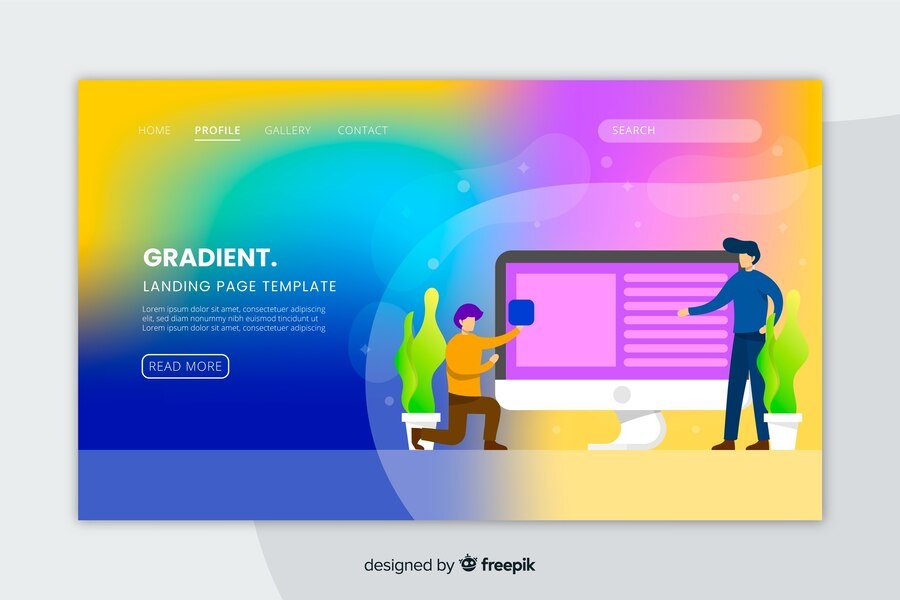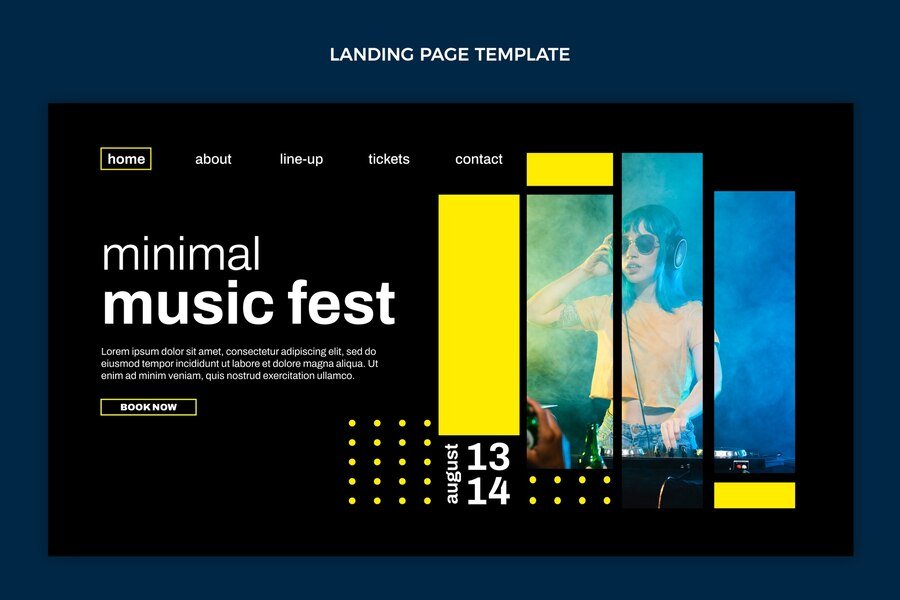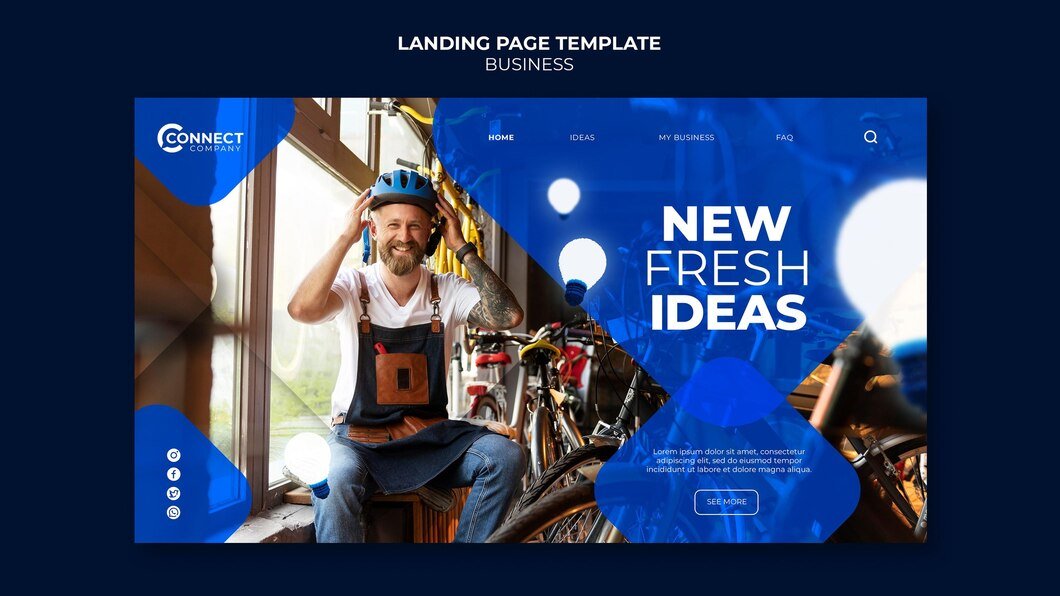In the ever-evolving landscape of digital content creation, whiteboard animation has emerged as a powerful tool for communication and storytelling. Initially popularized by educational videos and marketing campaigns, its appeal lies in its simplicity, clarity, and ability to engage audiences of all ages. As technology continues to advance, the future of whiteboard animation holds promise with the integration of cutting-edge techniques and innovations in whiteboard video maker.
Evolution of Whiteboard Animation
Whiteboard animation began as a hand-drawn technique where an artist would sketch illustrations on a white background, accompanied by a voice-over narration. This method, while effective, was labor-intensive and time-consuming. However, with the advent of digital technology, particularly animation software and digital tablets, the process underwent a significant transformation.
Today, software tools like VideoScribe, Explaindio, and Doodly allow animators to create whiteboard animations more efficiently. These tools offer libraries of pre-drawn images, customizable characters, and automated drawing effects, streamlining the production process and reducing costs.
Emerging Technologies Shaping the Future
- Augmented Reality (AR) and Virtual Reality (VR): AR and VR technologies are revolutionizing the way whiteboard animations are perceived and interacted with. AR can overlay animated elements onto physical whiteboards or printed materials, creating immersive experiences. VR, on the other hand, can transport users into virtual whiteboard environments where they can interact with content in real-time.
- Artificial Intelligence (AI): AI is enhancing the creation process of whiteboard animations through automated voice-over generation, script analysis, and even animation suggestions based on data inputs. AI-powered tools can analyze audience engagement metrics to optimize animations for better viewer retention.
- Interactive Elements: The future of whiteboard animation involves integrating interactive elements such as clickable links, quizzes, and simulations. These features enhance user engagement by transforming passive viewers into active participants.
Techniques Driving Innovation
- Motion Graphics: Combining traditional whiteboard animation with motion graphics techniques allows for more dynamic and visually appealing animations. Motion graphics add fluidity and depth to static illustrations, making complex concepts easier to understand.
- Typography Animation: Incorporating kinetic typography into whiteboard animations adds a layer of visual interest. Animated text can emphasize key points, enhance storytelling, and improve overall comprehension.
- 3D Modeling and Animation: While traditional whiteboard animations are predominantly 2D, advancements in 3D modeling and animation technologies are expanding creative possibilities. 3D elements can add realism, depth, and visual impact to whiteboard-style videos.
Challenges and Considerations
Despite its technological advancements, whiteboard animation faces challenges such as maintaining authenticity and avoiding over-saturation in the digital content space. Balancing creativity with simplicity remains whiteboard video maker crucial to ensuring that whiteboard animations effectively communicate messages without overwhelming viewers.
Applications Across Industries
- Education: Whiteboard animations are widely used in educational settings to explain complex topics, engage students, and enhance learning outcomes. Interactive whiteboard animations can simulate virtual classrooms or interactive textbooks, making learning more immersive and accessible.
- Marketing and Advertising: In marketing, whiteboard animations are effective tools for storytelling, brand awareness, and product demonstrations. They can simplify product explanations, illustrate customer pain points, and communicate brand values in a compelling manner.
- Corporate Training: Whiteboard animations are increasingly utilized for corporate training modules, employee onboarding, and internal communications. They can convey company policies, procedures, and best practices in a concise and engaging format.
Conclusion
Techniques like motion graphics, typography animation, and 3D modeling are pushing the boundaries of visual storytelling.
While challenges persist, including technological integration and maintaining viewer engagement, the versatility and effectiveness of whiteboard animation make it a valuable tool across various industries. By embracing new technologies and refining creative techniques, content creators can unlock new possibilities and deliver impactful messages in an increasingly digital world.













